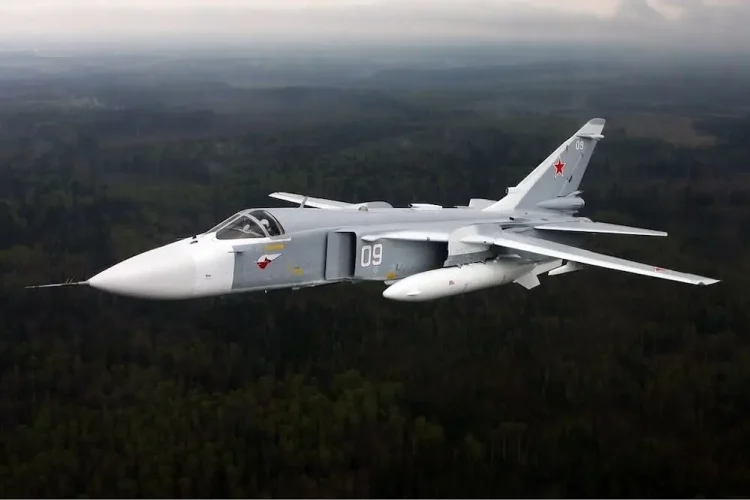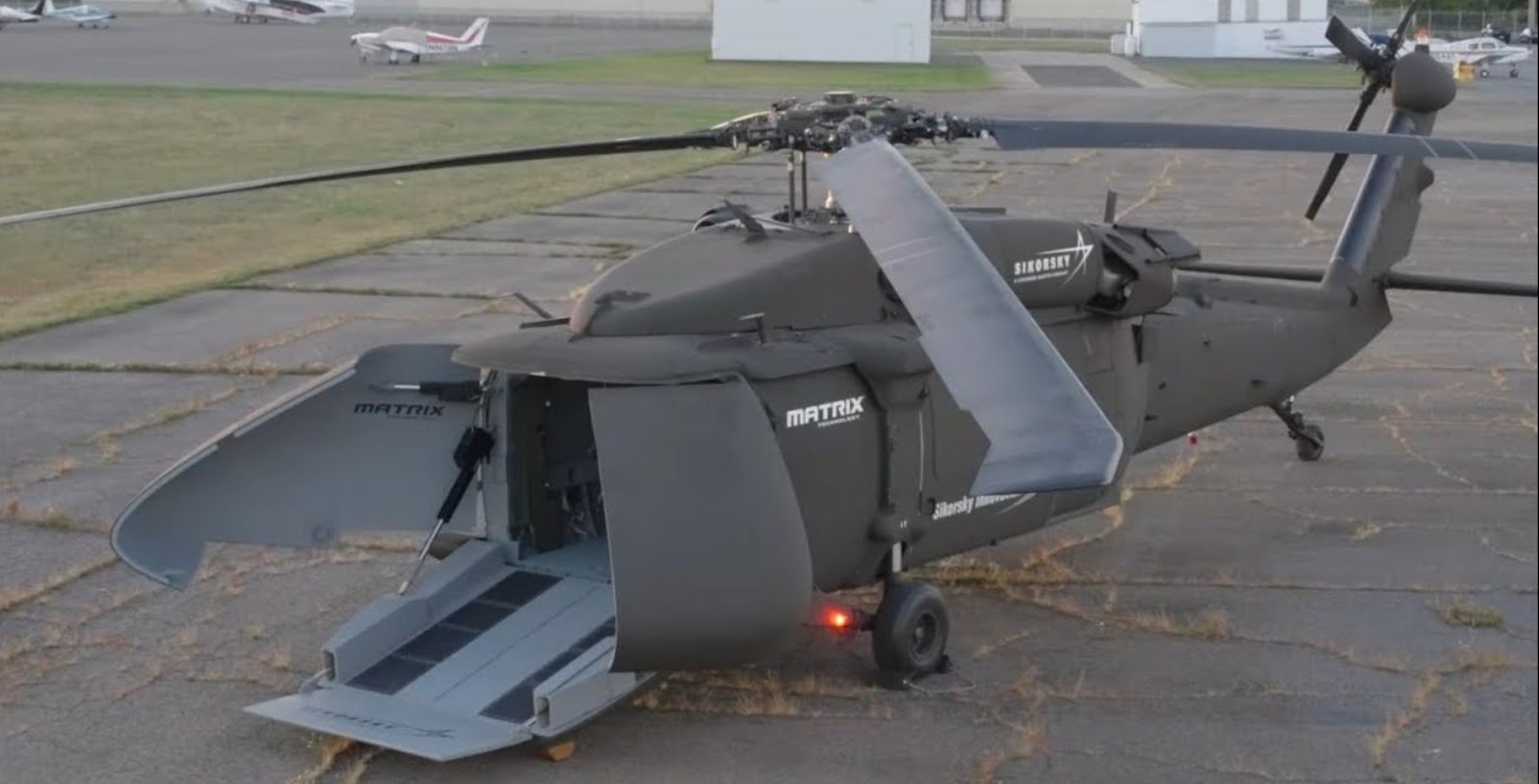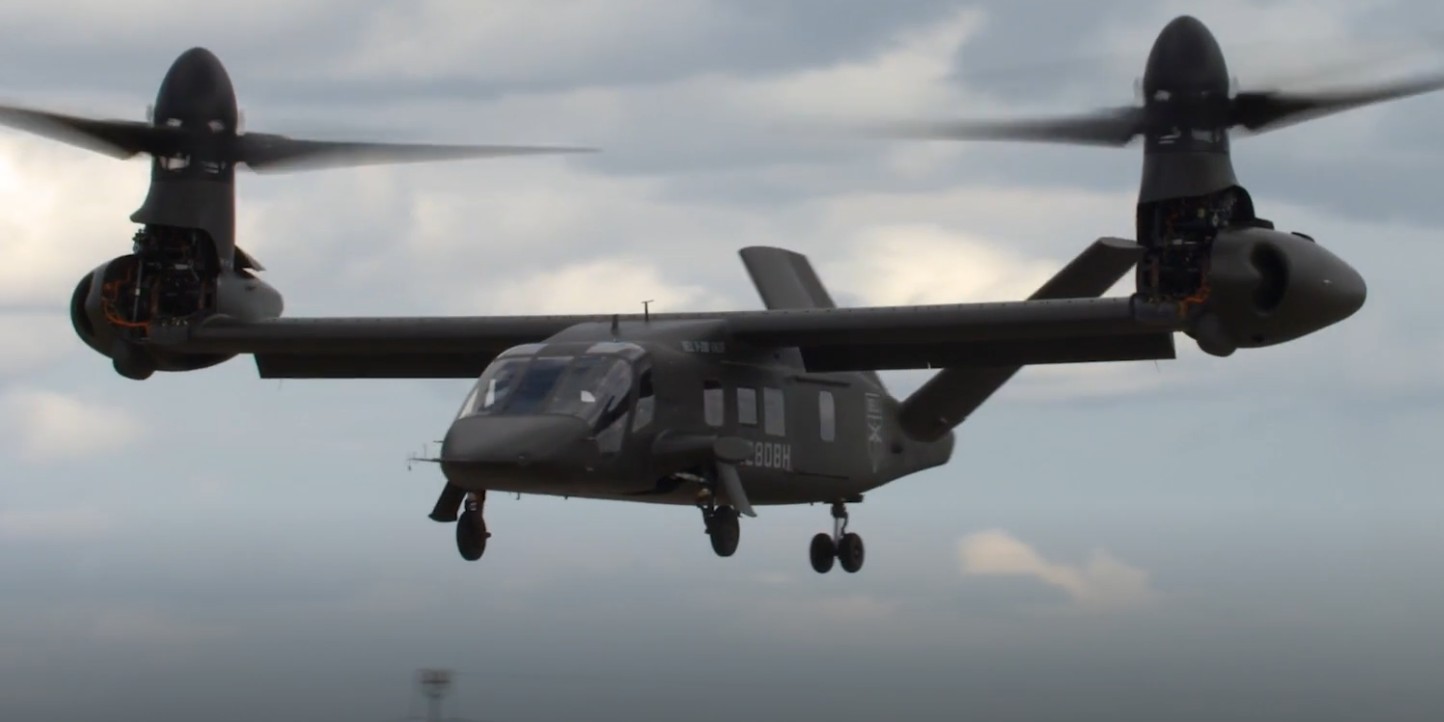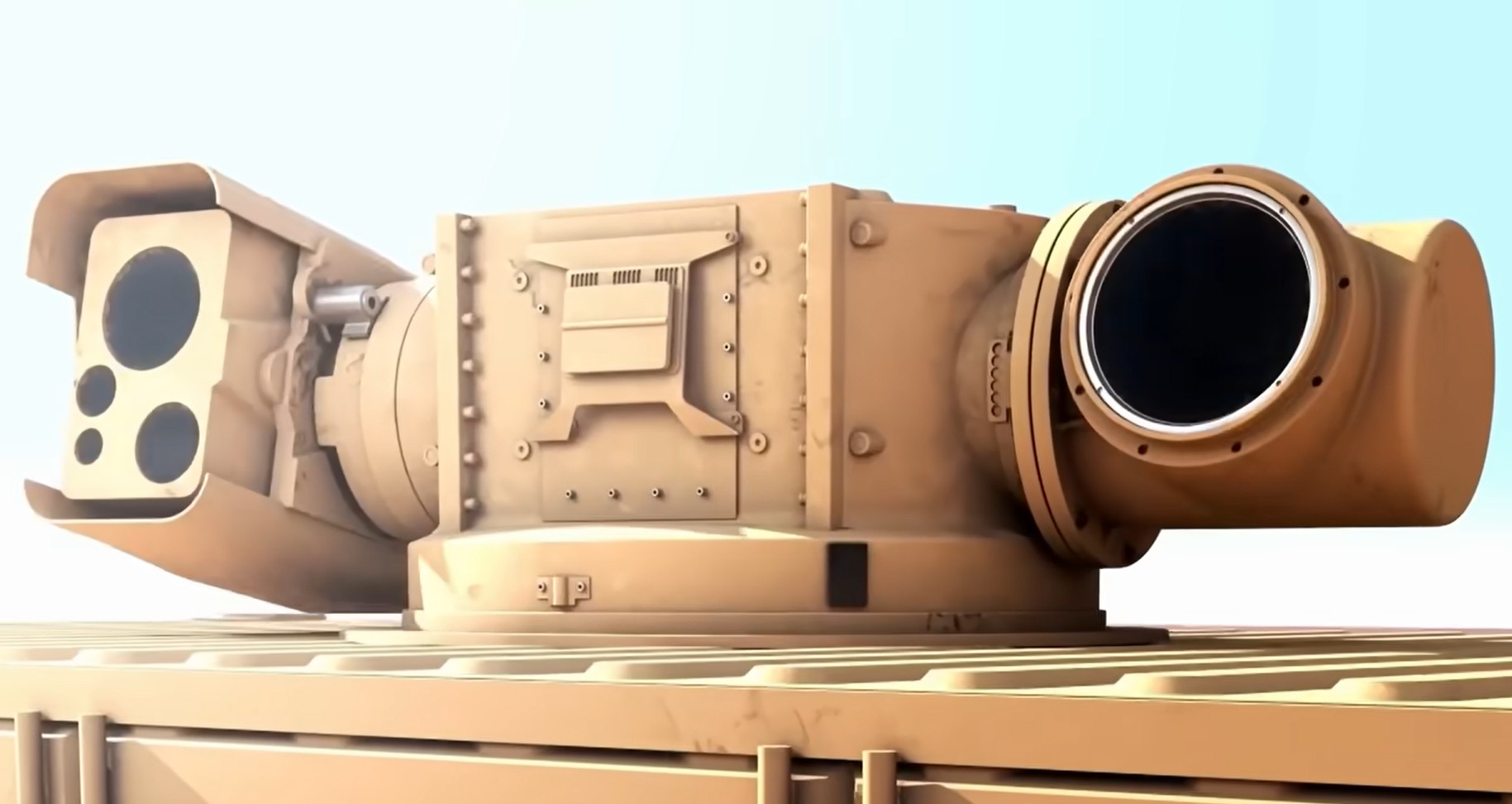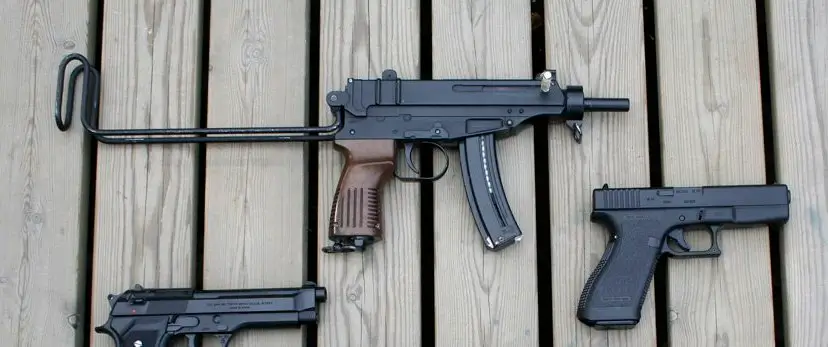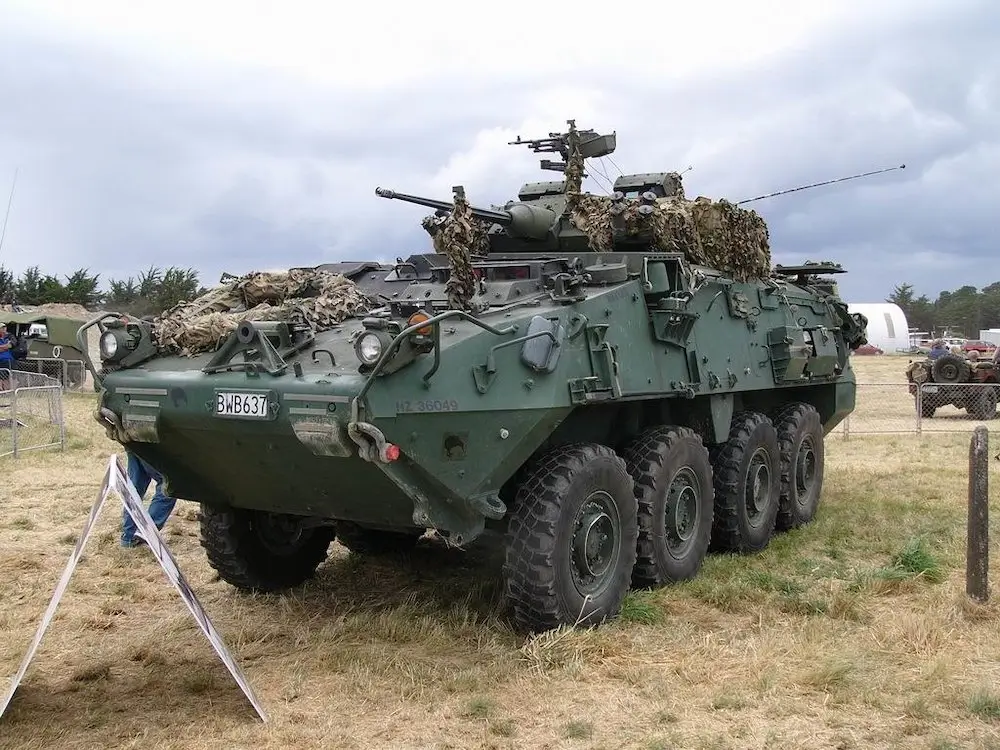Introduction
The Sukhoi Su-24 Fencer is a supersonic, all-weather attack aircraft developed in the Soviet Union. It was designed to perform low-level strike missions and carries a wide variety of weapons, including guided bombs, air-to-surface missiles, and anti-ship missiles. The Su-24 is known for its distinctive variable-sweep wings, which allow it to operate in different flight configurations depending on the mission requirements. This article will provide an overview of the Su-24 Fencer, its capabilities, and its role in modern warfare.
Design and Development
The development of the Su-24 Fencer began in the late 1960s as a replacement for the aging Tu-22 Blinder. The Soviet Air Force needed a new aircraft capable of flying at low altitudes and high speeds to evade enemy air defenses. Sukhoi, the renowned Russian aircraft manufacturer, was tasked with designing and building the new attack aircraft.
One of the key features of the Su-24 is its variable-sweep wings. This design allows the aircraft to change the sweep angle of its wings in flight, enabling it to optimize performance at different speeds and altitudes. At low speeds or during takeoff and landing, the wings are fully extended to maximize lift. At high speeds, the wings are swept back to reduce drag and improve maneuverability.
The Su-24 is also equipped with a terrain-following radar system, which allows it to fly at very low altitudes, often just a few meters above the ground. This feature makes the aircraft difficult to detect and track by enemy radars. In addition, the Su-24 has a comprehensive suite of electronic warfare systems to jam and deceive enemy air defenses.
The first prototype of the Su-24 made its maiden flight in 1967, and production of the aircraft began in 1970. It entered service with the Soviet Air Force in 1974 and has since been exported to several other countries, including Algeria, Iran, Libya, and Syria.
Capabilities
The Su-24 Fencer is a versatile aircraft that can perform a wide range of missions. Its primary role is as an attack aircraft, capable of delivering precision strikes against ground targets. It can carry up to 8,000 kilograms of ordnance, including guided bombs, unguided rockets, and various types of missiles.
In addition to its ground attack capabilities, the Su-24 can also be used as a reconnaissance platform. It can carry external pods containing sensors and cameras, allowing it to gather intelligence on enemy positions and activities. The aircraft’s high speed and low-altitude capabilities make it difficult to intercept by enemy fighters or surface-to-air missiles.
The Su-24 is also equipped with a built-in in-flight refueling capability, which significantly extends its range and mission endurance. This feature allows the aircraft to conduct long-range strike missions deep into enemy territory or to patrol large areas for extended periods of time.
Operational History
The Su-24 Fencer has seen extensive combat use since its introduction in the 1970s. It was first deployed in large numbers during the Soviet Union’s intervention in Afghanistan, where it proved effective in providing close air support to ground forces.
The Su-24 has also been used in several other conflicts, including the Iran-Iraq War, the Libyan Civil War, and the ongoing Syrian Civil War. The aircraft’s ability to operate in all weather conditions and its heavy armament make it a formidable weapon in modern warfare.
Conclusion
The Sukhoi Su-24 Fencer is a highly capable all-weather attack aircraft that has been a mainstay of the Russian and other air forces for several decades. Its unique design, variable-sweep wings, and advanced avionics allow it to effectively carry out a wide range of missions, from precision strikes against ground targets to reconnaissance and long-range patrols. Despite its age, the Su-24 continues to be an important asset in modern warfare, showcasing the enduring legacy and excellence of Russian aircraft engineering.
